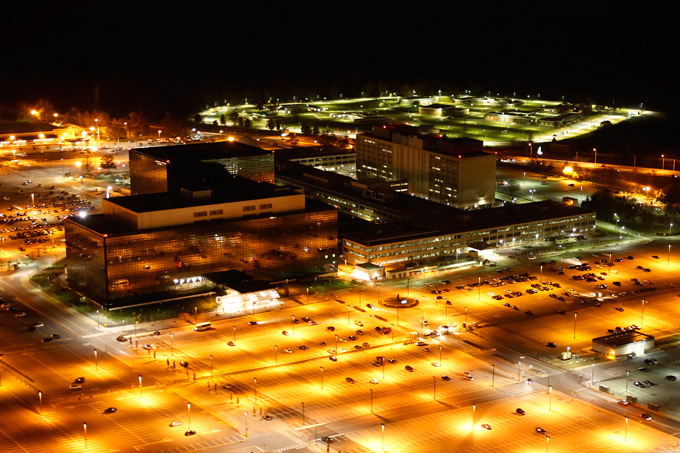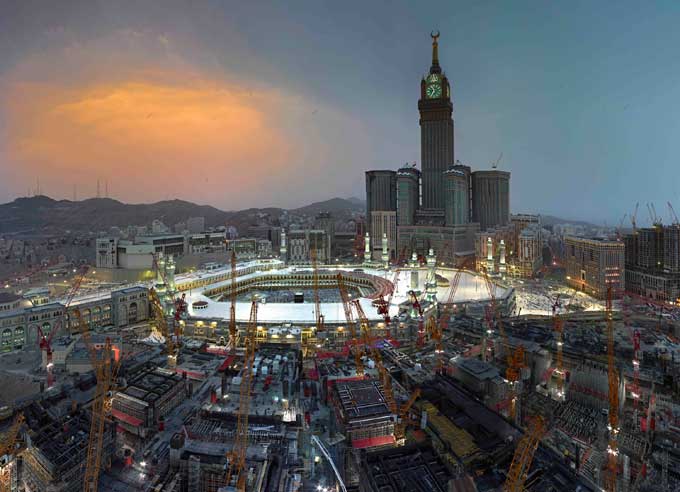
Flying over the NSA with Trevor Paglen in 2014. Photo courtesy of the artist.
One of the first pieces submitted to Creative Time Reports was by the Kenyan poet Ngwatilo Mawiyoo, whom I met while visiting Nairobi. I flew to the city to speak with artists who were grappling with the impending 2013 elections—the first since the disputed elections of 2007 that resulted in the deaths of 1,113 people. For Ngwatilo, telling the story of the bloodshed meant venturing on a road trip through the Kenyan countryside to speak with villagers intimately affected by the violence. In her two-part report she told the stories of families who lost children to the murderous rage that ensnared the country—many of whom were discouraged by the authorities from filing official complaints. Halfway through her first piece she asked a father she met on the road to talk about losing his son. He was too despondent to do it sober.
She wrote: “I schedule two separate days to speak to my host father about Kevin. On both occasions he arrives late and drunk. The second time, at two in the afternoon, wearing a somberness drenched in alcohol, he recounts the story of what happened that day, unbidden and in staccato style, pausing often for me to act as chorus during the obvious, senseless parts of the story, in our classic call-and-response tradition.”
Both Kareem Estefan (Creative Time Reports’ first associate editor) and I had a visceral reaction to this piece. I had spent only a couple hours with Ngwatilo in Kenya, yet it was clear from reading it that she understood the power of the project and what it meant for an artist—not a journalist—to tell the very painful stories afflicting her nation. She knew that her own account could upend the endless mainstream-media takes on the issue. Not only did Ngwatilo’s interpretation ring true to our editorial team in New York, but from the day it was published, her piece was shared and hotly debated by locals, including people in positions of power (like a Kenyan Supreme Court justice). In the five years that followed, it felt nothing short of miraculous to see artists weaving mythologies and emotions into their pieces that completely reframed the urgent stories they were telling.
With every trip I took—to the remote Zapatista community in the mountains of Chiapas with the inimitable art collective EDELO, to the secret basement studio of Pussy Riot in Moscow or to a meeting with artists against the backdrop of Sarajevo’s bullet-ridden buildings—I felt the power of the project come alive. Seeing the images that Trevor Paglen shot while flying over the National Security Agency and National Geospatial Intelligence Agency at night used by Human Rights Watch or on the cover of a book by Arundhati Roy and John Cusack, as well as in newspapers the world over, only underscored how the work could radically broaden, in Trevor’s words, our “visual vocabulary.”

Speaking with Ai Weiwei in 2013.
In Beijing, I spoke with Ai Weiwei, then unable to leave the country due to government-imposed travel restrictions, about his 2011 arrest and censorship. In the op-ed he contributed to Creative Time Reports, he wrote something that felt like a direct comment on the publication’s power: “Art is a social practice that helps people to locate their truth. The truth itself, or the so-called truth presented by the media, has limitations. Manipulation of the truth does not lead to a lack of truth—it’s worse than no truth. Manipulated truths help the powerful, or advance the positions of the people who publicize them.”
Weiwei’s piece was also the first we co-published with the Guardian. On the heels of that one, we went on to publish close to 40 with the newspaper, including op-eds from David Byrne, Molly Crabapple, Alok Vaid-Menon and Boots Riley. I want to thank Guardian editor Matt Seaton for taking a chance and featuring us so prominently even in our infancy. All in all we partnered 101 times with major publications around the world, including Foreign Policy, Al Jazeera America and The Intercept. Each piece generated debates that brought Creative Time and its work to six continents.
After publishing 316 pieces by artists in 58 countries, I am announcing today that the project has come to a close. And while this phase is over, I know that the work of connecting artists’ stories and political commentaries to larger audiences will continue here at Creative Time. In my new position at the organization as Director of Media Initiatives, I will work on developing several new programs inspired by the success of the platform, including the recently announced site-specific talk series in partnership with the New York Public Library, pairing leading artists with public intellectuals to address critical topics of our time. And despite the closure, the website will continue to serve as an archive, featuring all the articles published at the URL creativetimereports.org.

Molly Crabapple visited a Communications Management Unit, a type of maximum security prison, and drew the people she met. Molly Crabapple, Ghassan Elashi, 2014.
In all my years of working as a journalist, few endeavors have brought me as much joy as CTR. And at a time when the viability of a newspaper is not a given, I felt extraordinarily privileged that my daily task was to elevate the voices of artists whose work upended traditional media takes while bringing clarity to some of the world’s most challenging issues. It has been moving to see validation of the project from the likes of Jennifer Liese, the editor of Social Medium: Artists Writing, 2000–2015 (2016), who included two of our pieces in her seminal tome; a Randy Kennedy New York Times piece on social practice as evidence that CTR was part of a wave; and watching other initiatives emerge like Artist Op-Eds, run by Paul Schmelzer at the Walker Art Center.
There are special people to thank, without whom this project could never have thrived in the manner it did. They include Katie Hollander and Nato Thompson and the entire Creative Time staff (including those no longer working with us—Carl Chen and Rachel Riederer—and new additions like Olivia El-Sadr Davis and Karin Shankar). There is also our entire advisory committee and our contributing editors, as well as contributors like Michael Rakowitz, Mariam Ghani, Ivan Sigal, Liam Gillick, Trevor Paglen, Ahmed Mater, Sharifa Rhodes-Pitts and Sophia Al-Maria—each of whom made this project more ambitious and thought-provoking with every piece published and every conversation had. It was because of the belief in and support for the project of our funders—including Creative Time’s Board of Directors, Rockefeller Foundation, Trust for Mutual Understanding, Lambent Foundation, Keith Haring Foundation, Andy Warhol Foundation, Mark Krueger Charitable Fund, Ford Foundation, Blum Family Foundation and Toby D. Lewis Donor Advised Fund of The Jewish Federation of Cleveland—that we were able to have such a successful launch and a nearly five-year run. Of course there would have been no project if it weren’t for Anne Pasternak, who first imagined the initiative in 2010. I am eternally grateful that she chose me to be the founding editor. Lastly, I want to thank Laura Raicovich and Kareem Estefan. Together we made the project soar, taking on issues that mattered to communities big and small.

Ahmed Mater traveled to Mecca, capturing the rapid construction in Islam’s most sacred city. Ahmed Mater, 2012.
In light of today’s political climate, I want to draw on the words of one of our earliest contributors and a great friend to Creative Time, Mel Chin. In his last piece for Creative Time Reports, published after the Eric Garner grand jury decision provoked street protests across the nation, he wrote of his role as an artist, offering insights that now seem incredibly prescient: “I am interested in diverting some of the flow of my creative service into a collective imagination, joining others in a process of careful critique of the systemic racism that our era has inherited. From there we can devise methodologies to make meaningful contributions, alongside the marches, toward transformation.”
Despite the closure of Creative Time Reports, I know that the ideas it proffered will live on through the myriad projects Creative Time continues to foster and produce with pioneering artists who take on issues close to each and every one of us. For four and a half years we have watched Creative Time Reports continually recalibrate how we see the world, and I believe that the impact it has had means that we will continue to see this happen in ways we have yet to imagine.

